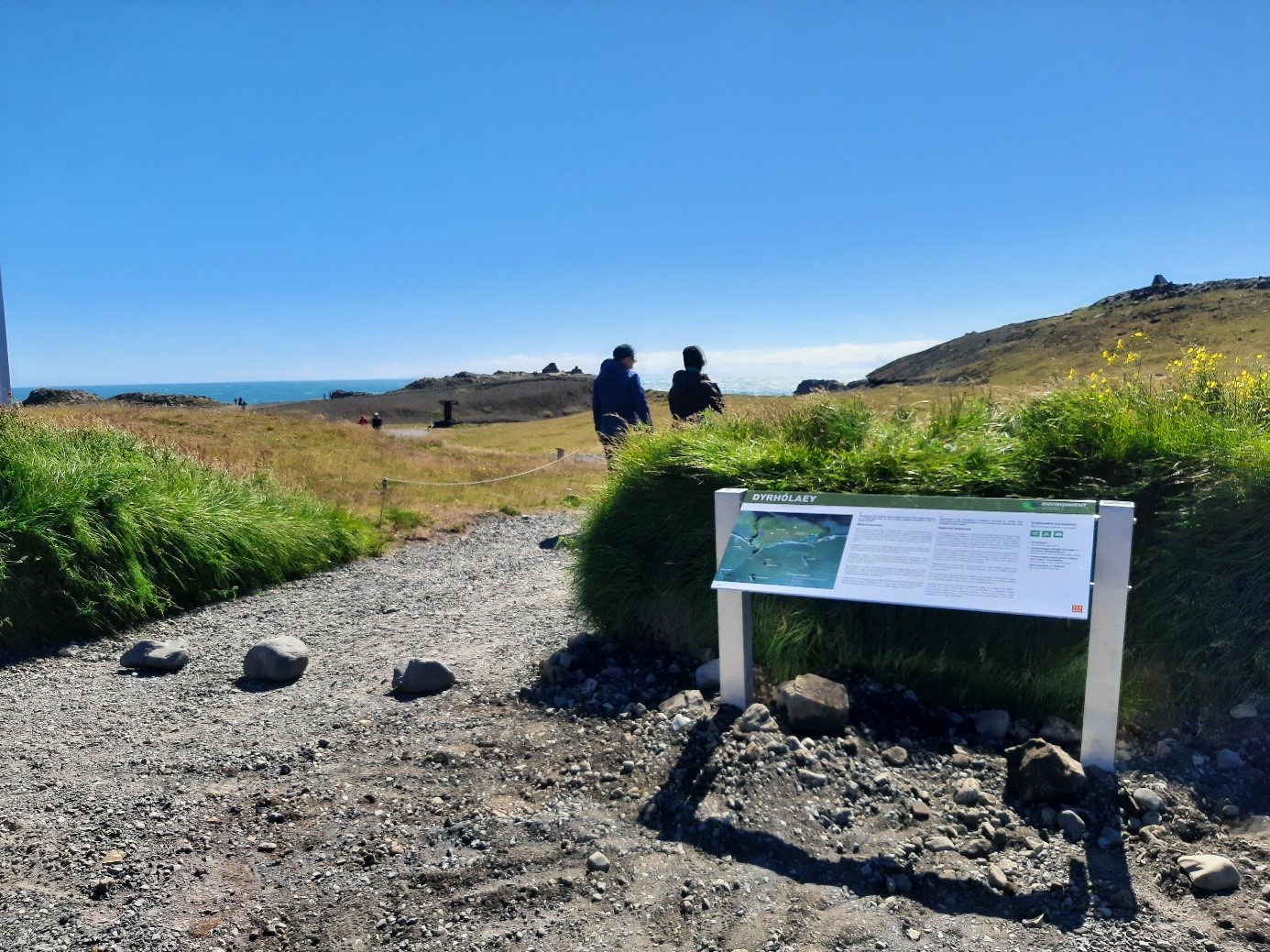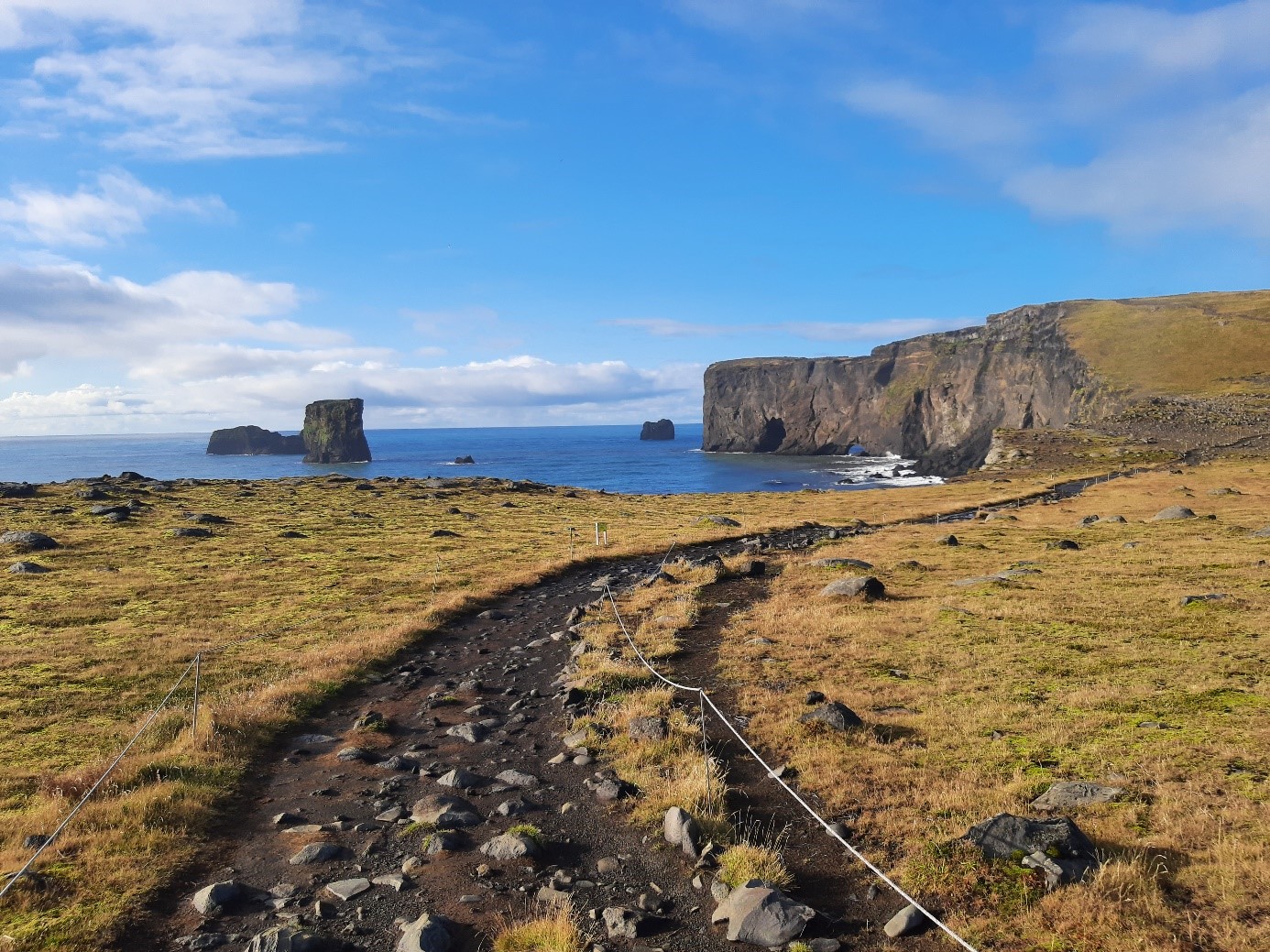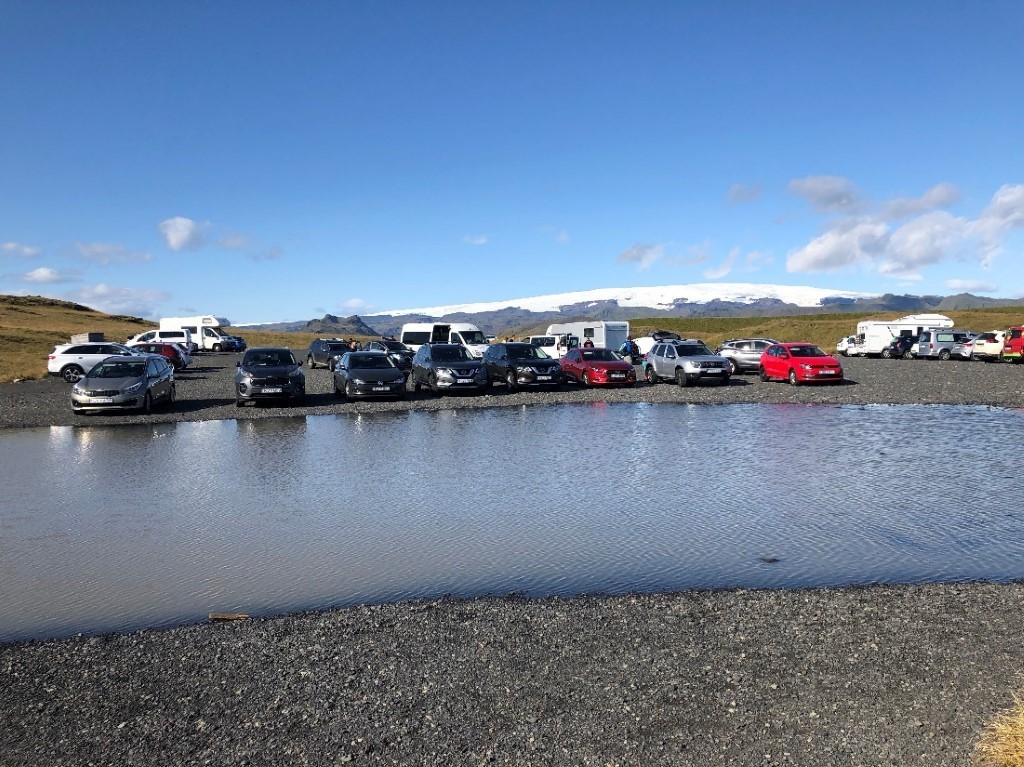Vinna við nýjar heimasíður Umhverfis- og orkustofnunar og Náttúruverndarstofnunar er í gangi. Heimasíða Umhverfisstofnunar er virk á meðan vinnunni stendur. Information in English
Access and management

Dyrhólaey is a nature reserve. In protected areas, preservation must be ensured in conjunction with guaranteed public rights. Certain areas are off-limits part of the year to protect the wildlife, others are off-limits year-round due to fragile sites of natural interest, traffic through some areas is restricted so visitors must sign into the area and some are open all year round. The Environment Agency is authorised to restrict traffic in Dyrhólaey, and in the past few years, the Agency has decided on if and then how long the area shall be off-limits to the general public in order to protect the birdlife.
In recent years, there have been considerable disputes over Dyrhólaey, as there are different opinions held in the area on if and for how long the island should be closed. Various conflicting interests are at play there. The Environment Agency makes decisions with the interests of the environment and public rights at heart. It is important that people respect the decisions made for the protection of nature and wildlife, as well as those that guarantee public rights and conduct in the area.

Strengths
The area’s protection value lies in the birdlife, although the area is no less interesting with regards to the landscape. The area is used by the usage-rights holders, that is, for down collection and grazing. According to an announcement regarding the area, the Environment Agency can restrict visits to Dyrhólaey in the period from 1 May – 25 June for birdlife protection. An ornithologist assesses the condition of the birdlife on the island annually, with regards to needs for closure. The area attracts a large number of tourists. A management agreement has been made with the Mýrdalshreppur municipality on the management of the area. The municipality is responsible for land protection on the island, as well as for providing for a land ranger from the Environment Agency during the nesting season. Volunteers for the Environment Agency and Mýrdalshreppur employees have worked on various tasks on the island. Thus, hiking trails have been demarcated, fences and markings have been put up, vegetation has been restored and off-road driving has been prevented. With the new hiking trails in the area, the control and distribution of visitors is much more efficient than before. Following rock falls and marine accidents in 2012–2017, access to Kirkjufjara beach has been prohibited. In addition, the path between Lágey and Háey had to be moved away from the cliff edge, as it has cracked in places and could collapse with little or no warning.

Weaknesses
The area is fragile but can withstand a large number of tourists if strong infrastructures are in place. The heavy tourist traffic in such a small area puts a lot of pressure on the pathway system that must be under continuous observation. Assessment of the birdlife on the island indicated that all species that were counted have decreased significantly since the turn of the century. Ornithologists believe that a lack of food in the ocean is mostly to blame.